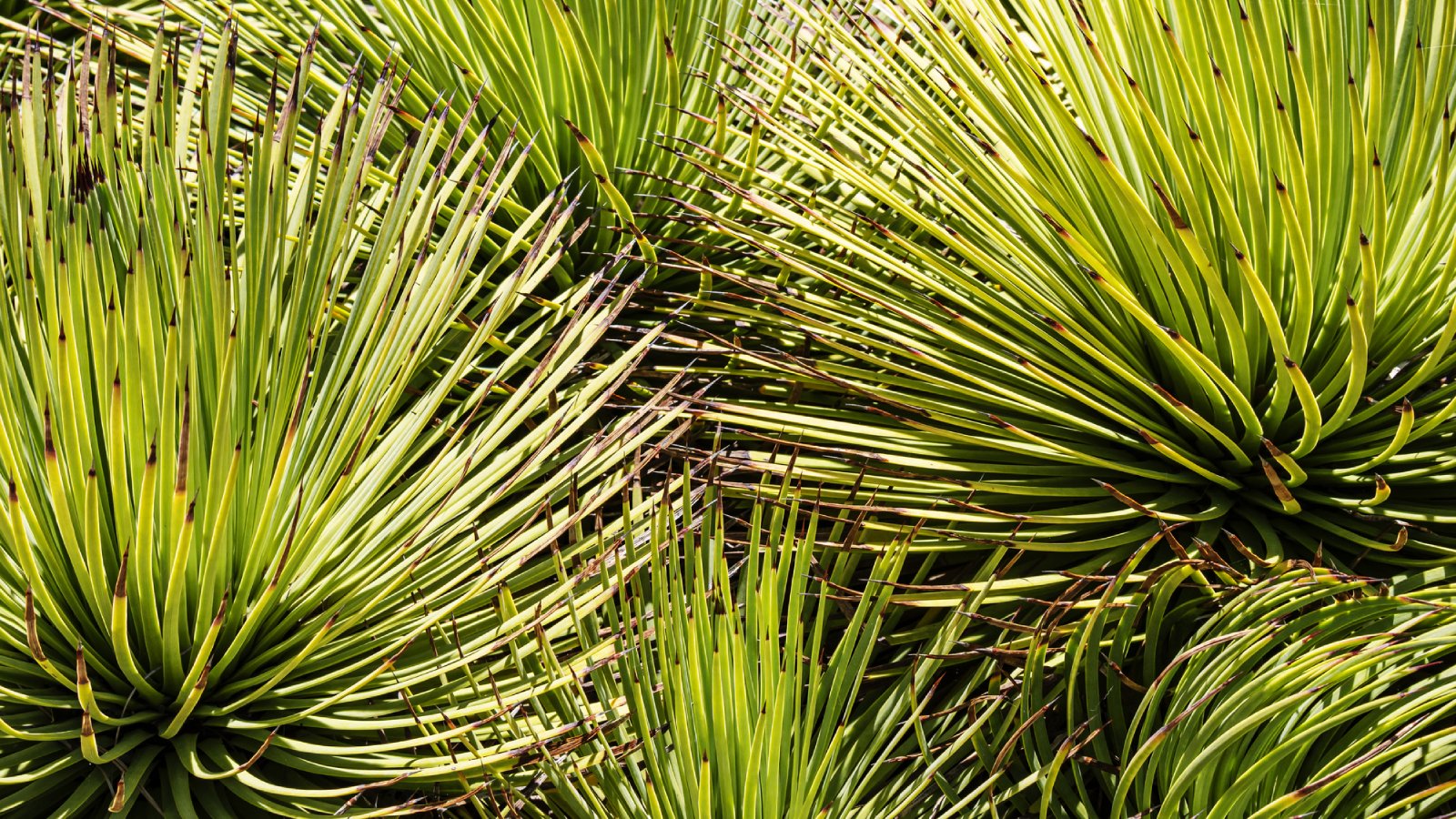Yucca Division Guide – Can I Divide Yucca Plants


There are more than 50 types of yucca and all are formidable plants with stiff, sword-shaped leaves. Although these sturdy plants require very little care, yucca division may be necessary if the plant overgrows its boundaries or if you want to share with friends and family. Read on to learn how to split a yucca.
When is the Best Time for Separating Yucca?
Can I divide yucca? Dividing yucca isn’t an easy task, especially for large varieties. You may need an extra set of hands. On a positive note, yucca is a hardy, robust plant that tolerates a little rough handling. Early spring is the best time for dividing yucca plants in most climates. This allows a few months for the roots to establish before the next winter.
However, if you live in a climate with mild winters and blazing hot summers, divide your yucca when the plant is dormant in autumn to give the roots time to settle in before hot weather. Separating yucca will be easier if the ground is damp, but not muddy. Don’t attempt division when the soil is bone dry.
How to Split a Yucca with Offsets
If you’re lucky, you’ll see small plants, or offshoots, around the base of the plant. The offshoots will be on small rhizomes, which look like gnarled underground branches. In this case, you can simply use a sharp shovel or saw to remove the offsets from the main plant.
The rhizomes can be stubborn but don’t worry about harming the main plant. Set the baby yucca plants aside to dry a few days before planting.
If you can’t see the offshoots, you may need to dig up the entire plant. Put on sturdy pants, a long-sleeved shirt, and gloves. Yucca leaves are sharp enough to do real damage to bare skin. Use a sharp shovel to dig a circle around the entire plant, a few inches out from the plant. Now you’re ready to lift the entire clump. Be careful not to damage the yucca’s trunk.
At this point, you can dig out offshoots (there will probably be several). If the roots are tangled, you may need to pry them apart. This is a good time to remove and discard any hard, unproductive stems or rotted roots from the parent plant.
Sign up for the Gardening Know How newsletter today and receive a free copy of our e-book "How to Grow Delicious Tomatoes".
Once you’ve removed the offshoots, put the parent plant back in the hole. Tamp the soil around the plant and water well. Set the offshoots in a cool place to dry for a few days then plant them in sandy, well-drained soil.

A Credentialed Garden Writer, Mary H. Dyer was with Gardening Know How in the very beginning, publishing articles as early as 2007.